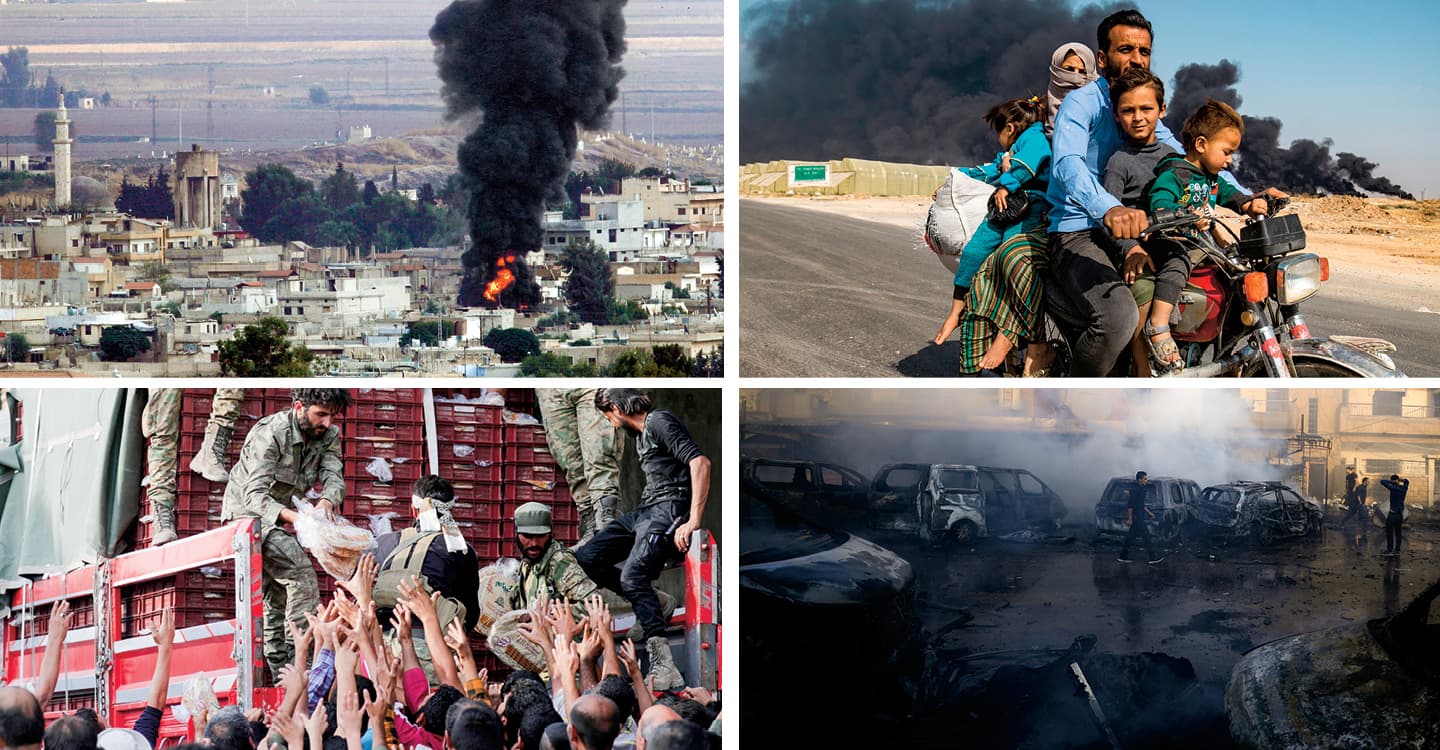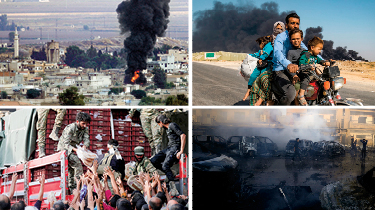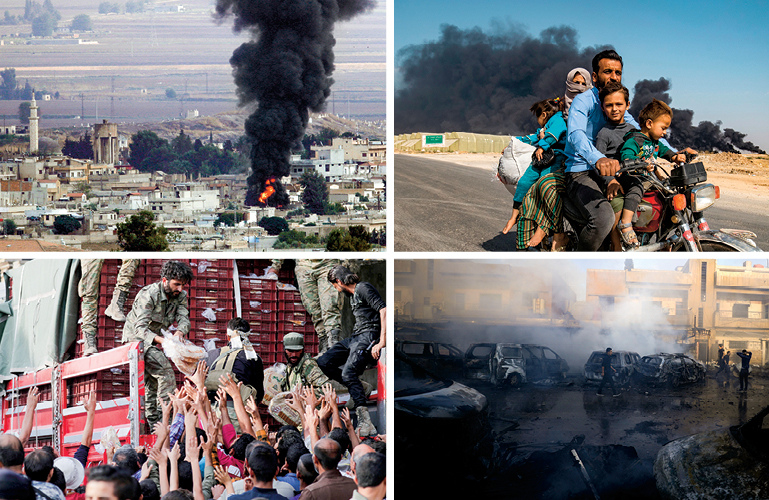In October, President Trump announced that U.S. troops would leave northeastern Syria, where they’d been helping in the fight against the terrorist group ISIS since 2015. Soon after, Turkish forces launched a long-planned invasion.
The decision to leave, cheered by many of the president’s supporters, caused an uproar among Republican and Democratic members of Congress. By pulling out, the U.S. left Kurdish militias in Syria—which had fought side by side with Americans against ISIS—at the mercy of Turkey, which has a separate conflict with the Kurds.
The U.S. pullback also upended Syria’s eight-year-old civil war, which had been largely winding down, and gave Syria’s dictator a new opening to reassert his power over areas still held by rebels.
Here’s what you need to know to understand the conflict in Syria and what the new developments mean for the U.S.
In October, President Trump announced that U.S. forces would leave northeastern Syria. They’d been there helping in the fight against the terrorist group ISIS since 2015. Soon after, Turkish forces launched a long-planned invasion.
The decision to leave was cheered by many of the president’s supporters. But the move caused an uproar among Republican and Democratic members of Congress. Kurdish militias had been fighting side by side with Americans against ISIS. By pulling out of Syria, the U.S. left the Kurds at the mercy of Turkey, which has a separate conflict with them.
The U.S. pullback also upended Syria’s eight-year-old civil war. The conflict had been largely winding down. But the departure of U.S. forces gave Syria’s dictator a new opening to regain his power over areas still held by rebels.
Here’s what you need to know to understand the conflict in Syria and what
the new developments mean for the U.S.



